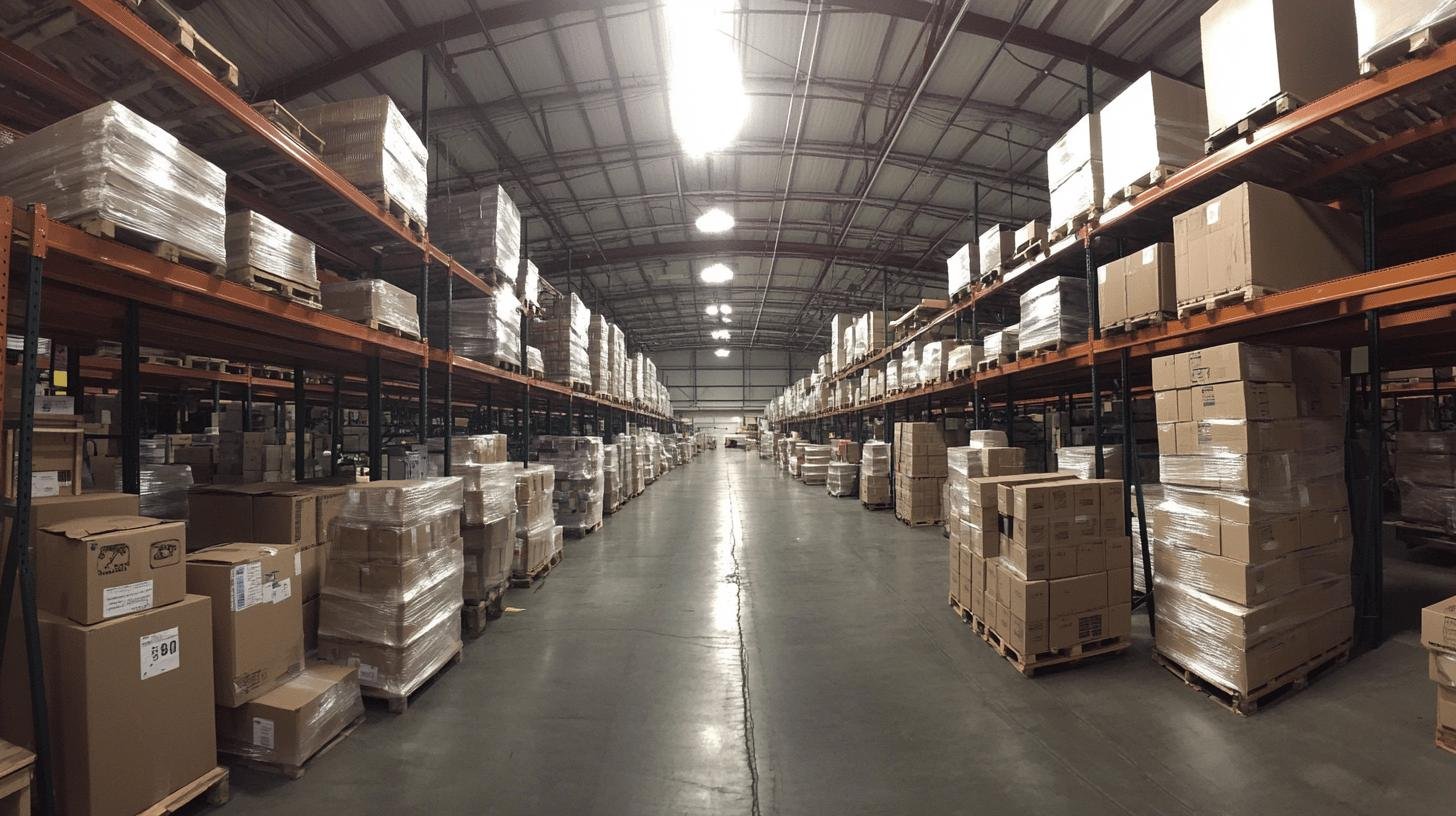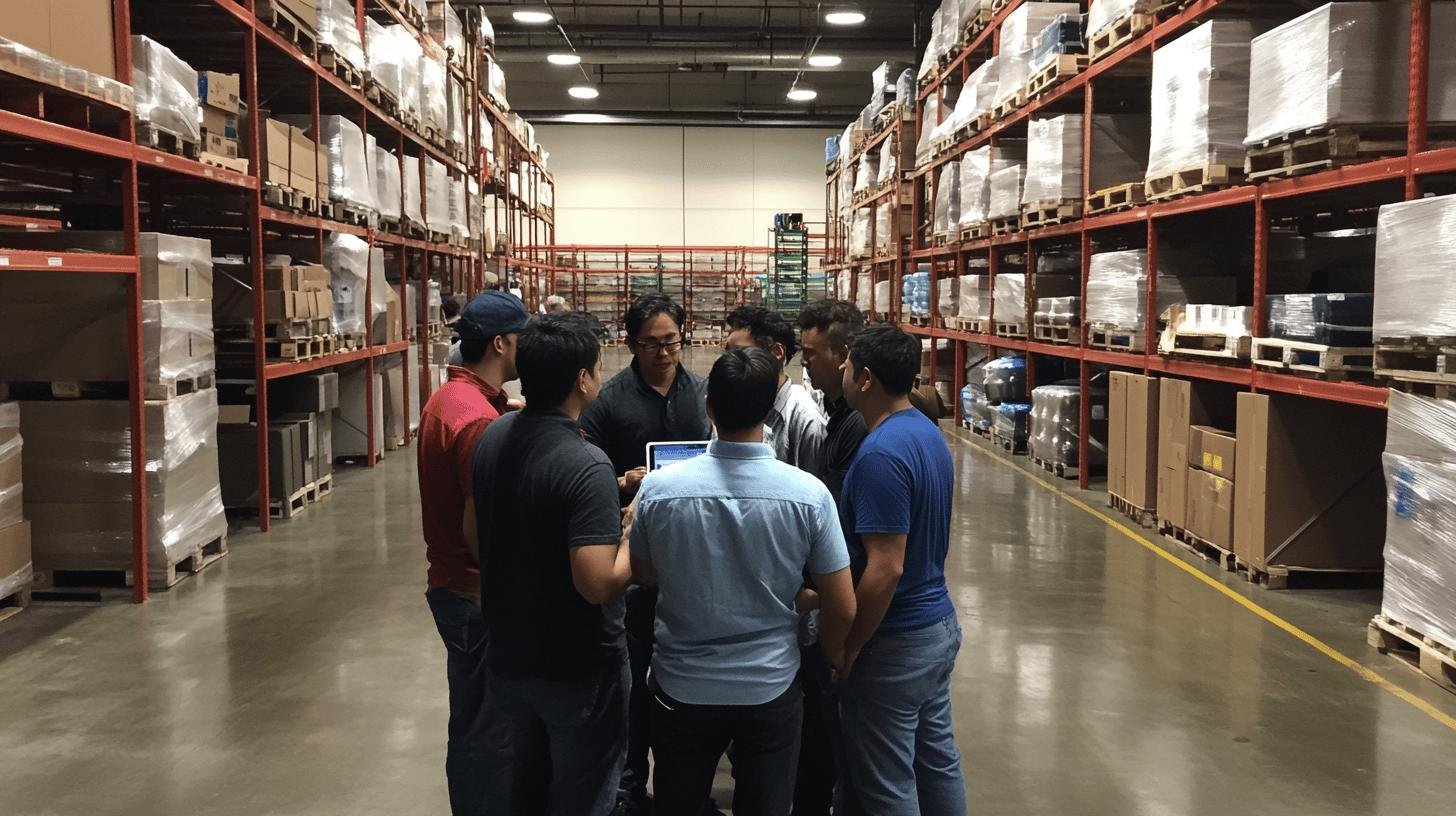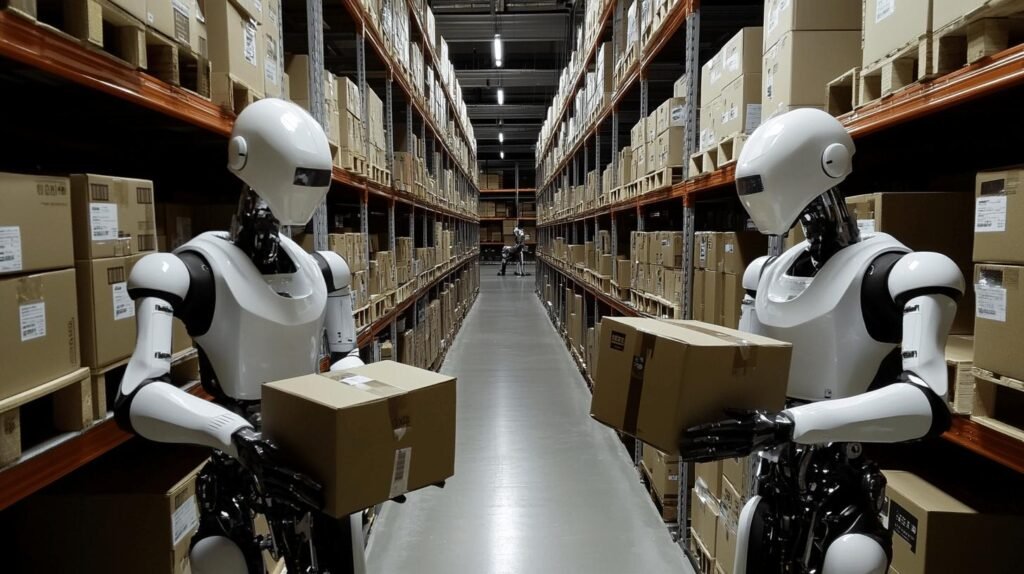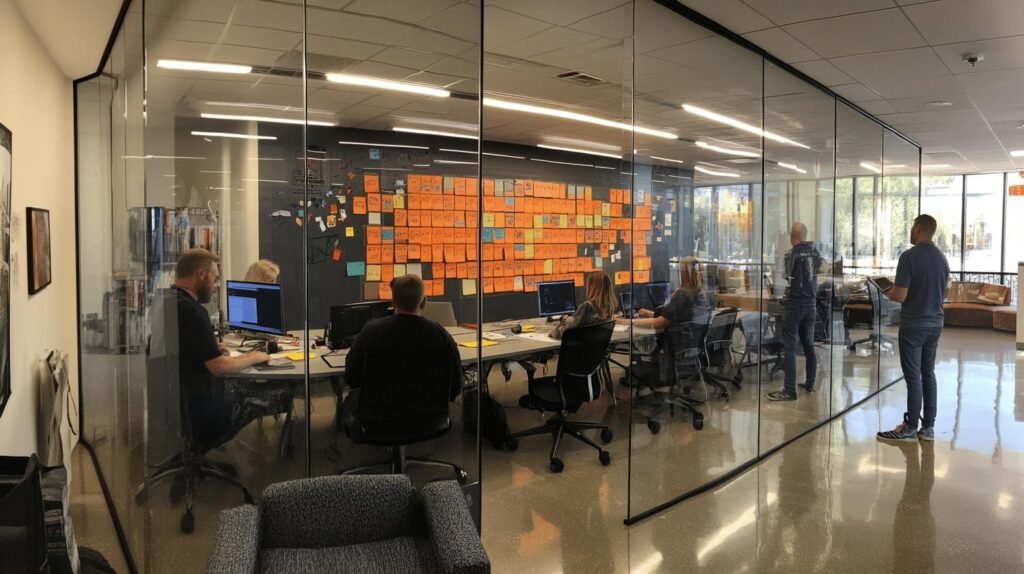Is AI the secret sauce that supply chains have been missing all along? With AI simulating human decision-making, it’s creating waves in the supply chain world—transforming everything from production lines to customer deliveries. This isn’t just some futuristic fantasy; it’s happening right now. AI doesn’t just streamline operations; it turbocharges them. We’ll dig into how AI boosts demand forecasting and operational efficiency by analyzing past sales and market trends. Ready to uncover how AI is reshaping supply chains for the better and the big challenges in making it happen? Let’s geek out!
Benefits of AI in Supply Chain Management

AI is a powerhouse for supply chains, boosting efficiency and sharpening decision-making. It cuts through the clutter, providing real-time insights and streamlining operations. Think of AI as your supply chain’s personal trainer, pushing it to be faster and stronger. By automating routine tasks and optimizing logistics, AI saves time and money. It’s like having a GPS that not only gives you the fastest route but also helps you avoid traffic jams and roadblocks. Plus, AI-driven decision-making ensures you’re always one step ahead, making choices based on data rather than gut feelings.
- Amazon’s Predictive Demand Forecasting: Amazon uses AI to anticipate customer demand, ensuring they always have the right products in stock. This results in fewer stockouts and happier customers.
- Maersk’s Shipping Route Optimization: By analyzing vast amounts of data, Maersk optimizes shipping routes to save fuel and time, reducing costs and environmental impact.
- Unilever’s Production Optimization: Unilever leverages AI for production scheduling, helping them meet demand without overproducing. This reduces waste and increases efficiency.
- Nestlé’s Personalized Marketing: AI helps Nestlé tailor marketing efforts to individual preferences, enhancing customer engagement and boosting sales.
By implementing AI, companies can reduce costs and improve supply chain efficiency. Imagine cutting unnecessary expenses and boosting profitability without breaking a sweat. AI does the heavy lifting, allowing businesses to focus on growth and innovation. This tech not only keeps the supply chain running smoothly but also transforms it into a strategic asset, driving long-term success. So, with AI, you’re not just keeping up with the competition—you’re setting the pace.
Steps to Implement AI in Supply Chains

Getting AI into your supply chain isn’t just about plugging in some tech and hoping for the best. You need a solid game plan—a strategic roadmap—to get things rolling smoothly. It’s like planning a road trip. You wouldn’t just hop in the car without a map or a destination, right? The same goes for AI. A step-by-step approach will help you avoid bumps and ensure a smooth ride toward digital transformation.
- Assess Capabilities: Start by understanding your current tech landscape. What tools and systems do you already have? Knowing your starting point helps identify gaps and opportunities for AI integration.
- Establish Objectives: Clearly define what you want to achieve with AI. Is it better demand forecasting, faster delivery times, or cost reduction? Having clear goals will guide your AI strategy and keep everyone on the same page.
- Choose Technologies: Select the right AI tools and platforms that align with your objectives. It’s like picking the right gear for a hike—you need the best fit for your needs. Consider scalability and flexibility for future growth.
- Train Personnel: Equip your team with the skills they need to work alongside AI. This isn’t just about tech training; it’s about fostering a culture that’s open to change and innovation. Your people are your most valuable asset.
- Monitor Progress: Keep an eye on how AI is performing. Are you hitting your targets? Use data to tweak and refine your approach, ensuring continuous improvement.
Pilot projects are like test runs before the big event. They let you try out AI solutions on a smaller scale, minimizing risks and ironing out kinks before full-scale deployment. Think of them as dress rehearsals—they help you perfect your performance and boost confidence in your AI initiatives.
Expert Insights and Recommendations for AI in Supply Chains

When it comes to making AI work in supply chains, experts have a few tricks up their sleeves. First off, starting small is key. Think pilot projects that let you test the waters without diving in headfirst. This way, you can spot any kinks and fix them before going all in. Plus, it’s all about scalability. You want your AI tools to grow with you, not hold you back. Keeping the focus on aligning AI with your business goals ensures that every step you take is in the right direction. And don’t forget continuous monitoring. AI isn’t a “set it and forget it” kind of deal. It’s more like a garden—you’ve got to tend to it regularly to see it flourish.
- Start with Pilot Projects: Dip your toes in the AI pool before making the big splash. Pilot projects allow you to experiment on a smaller scale, minimizing risks and maximizing learnings.
- Prioritize Scalability: Choose AI tools that expand with your business. You don’t want to outgrow your tech too soon, so pick solutions that offer flexibility and room to grow.
- Focus on Business Alignment: Make sure your AI strategies align with your company’s goals. Every AI decision should bring you closer to achieving your business objectives, not lead you astray.
- Continuous Monitoring: Keep a close eye on your AI systems. Regular checks ensure that everything’s running smoothly and allows you to make tweaks as needed for optimal performance.
Aligning AI strategies with business goals is like finding the perfect dance partner. When your tech and objectives move in sync, magic happens. AI becomes a powerful tool that not only tackles current challenges but also paves the way for future innovations. Keeping this alignment ensures that AI isn’t just a fancy gadget but a vital part of your strategic arsenal, driving success and growth in the ever-evolving supply chain landscape.
Final Words
You just saw how AI is shaking up supply chains everywhere.
From boosting demand forecasts to jazzing up operations, AI is the real MVP.
While there’re hurdles like costs and data messes to clear, the end game is worth it.
Thinking about giving AI a whirl for your supply chain?
Start small and work up, just like the pros do.
These strategies could be your ticket to smoother, smarter logistics.
Remember, AI isn’t just a geeky buzzword—it’s a game-changer with benefits waiting to be unlocked!
FAQ
Q: What are some benefits of AI in the supply chain?
AI enhances efficiency, visibility, and decision-making. It can reduce costs, improve demand forecasting, and streamline operations. Amazon uses AI for predictive demand forecasting, leading to greater customer satisfaction.
Q: What are the challenges of implementing AI in supply chains?
Challenges include high initial costs, complexity, job disruption, and ethical concerns. Issues with data integrity and necessary infrastructure upgrades are also major hurdles that need addressing.
Q: How does AI impact supply chain management?
AI optimizes production to customer delivery processes by simulating human decision-making. It improves demand forecasting and operational efficiency through historical data analysis.
Q: What are some disadvantages of AI in the supply chain?
AI in supply chains may lead to job losses, require high upfront costs, and pose ethical concerns. It may also involve complex system integrations.
Q: How can you leverage AI in supply chain management?
Leverage AI by enhancing demand forecasting and boosting operational efficiency. Use AI systems to simulate decision-making and improve processes from production to customer delivery.
Q: What steps can be taken to implement AI in supply chains?
Assess current capabilities, set clear objectives, choose the right technologies, invest in staff training, and monitor progress. Pilot projects are essential for testing solutions.
Q: What are some real-world applications of AI in supply chains?
Companies like Amazon use AI for demand forecasting, while Nestlé leverages AI to optimize production. These applications result in improved logistics and cost reduction.
Q: Are there courses available on AI in supply chains?
Yes, courses on AI in supply chains cover various aspects like implementation strategies and optimization techniques. These courses can help you understand and apply AI effectively.



